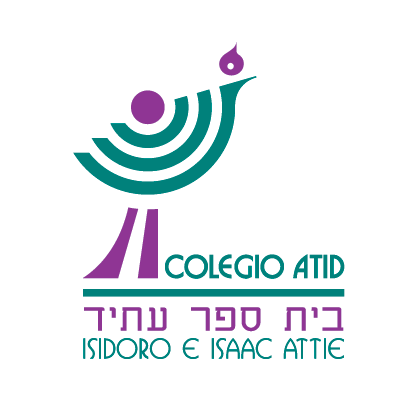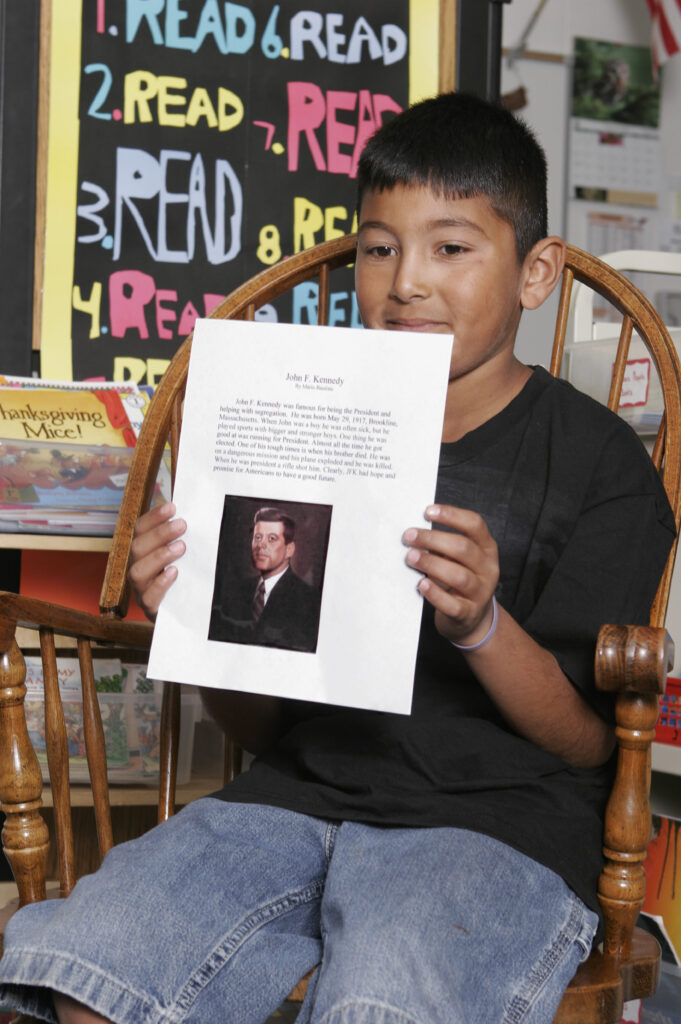
In this interview we feature Vivian Orihuela, academic and Primary Years Program (PYP) Coordinator at Colegio Atid in Mexico, who shares her experiences implementing the Being a Writer program and integrating it with International Baccalaureate (IB) programs.
Tell us a little about yourself, your school, and the students you serve.
My name is Vivian Orihuela, and I currently work at Atid School as the assistant principal and Primary Years Program (PYP) coordinator.
Our school is a Jewish school where learning, traditions, and identity are highly valued. We have all four IB programs, and our mission is to provide the Jewish-Mexican community with a personalized, trilingual, and international education of excellence.
How did you first learn about Being a Writer? Tell us about your first experiences with the program.
For seven years, I worked at the British American School as a third through sixth grade teacher. When I started working at the British American School, that’s when I learned about the Being a Writer program.
At first, I thought it was not going to work. I wondered how I was going to get my students to listen to a read-aloud, participate, and talk with each other. I didn’t think it was possible.
Many times I expressed my concern to Pera Noriega, my local Collaborative Classroom partner, and she would tell me, “Trust in the program Vivi. Follow it, and you will see the results!”
At first I had to repeat the procedure several times to get the students to stand quietly, push in their chairs, and gather in our reading area. The first two weeks of establishing routines and building the writing community were a process of trial and error, as every time my students did something differently, we would repeat the routine.
After a while, the first thing they would say to me when I entered the classroom was if they could start with writing time! I can assure you that because of our consistency in following the Being a Writer program, after a school year, my third graders were writing two pages or more! When we started using the Being a Writer program, drawings in the stories or writings were the most important thing for them. By mid-school-year, many of them no longer wanted to illustrate their stories but wanted to continue writing.
After a while, the first thing they would say to me when I entered the classroom was if they could start with writing time!
This was a constant from first through sixth grade. My sixth graders came out writing high-quality essays!
What was a challenge when you first began implementing Being a Writer? How did your understanding of the program—and your students’ development as writers—grow over time?
One of the challenges is teacher trust in the program. As I mentioned before, I had a hard time trusting the program at first because the videos showed classes with highly self-regulated children and that was not my case! I never thought that my classes could look like the videos in the program, and yet, we did it.
Another challenge was the IB program. At first, I had a hard time connecting the two programs, but as I learned more about them, I realized that they can go hand in hand, and in many strategies, they complement each other.
Working with Being a Writer, I was pleased to see improvement in the quality of my students’ writing. Each lesson, the level of complexity increased, and I can proudly say that they achieved the expected results and on several occasions exceeded them.
The moment of sharing their writings in the Author’s Chair was their moment to shine! Everyone looked forward to that day and learned how to do the co-assessment respectfully and assertively.

Tell us about a highlight or success from your implementation.
Among the success stories, I can tell you about a student I had in sixth grade. Last school year, he contacted me to review his college entrance essay. He told me that he was never going to forget the Being a Writer lessons we had since they were a very strong foundation for his learning, and thanks to that, he was now able to write an essay that was so important to him. I helped him, and he is currently studying at a university in Boston.
You are now the Academic and PYP Coordinator at Colegio Atid. We look forward to hearing updates from you as you bring our new edition of Being a Writer to Colegio Atid.
Yes—in my current position, I am committed to my students and am responsible for them receiving the writing tools for the projects they will face in middle school, high school, college, and even life! I have contacted Pera at Collaborative Classroom again to help me with another program implementation. Yesterday, I received the boxes of the Being a Writer program at school, and I hope the teachers will start using it as soon as possible.
When it comes to Being a Writer, I can tell you: I lived it, followed it, and fully trust the program.
Related:
Read another Spotlight blog about writing: Prospect Sierra School Previews the New Being a Writer, Third Edition
Learn more about Being a Writer.
